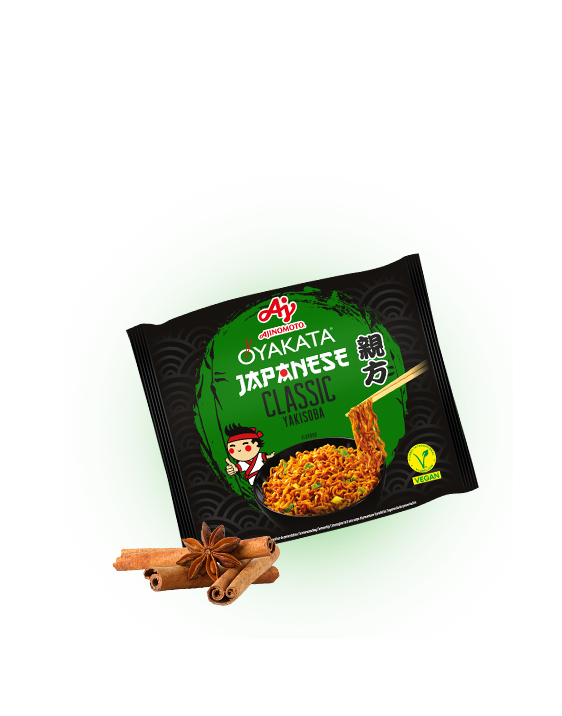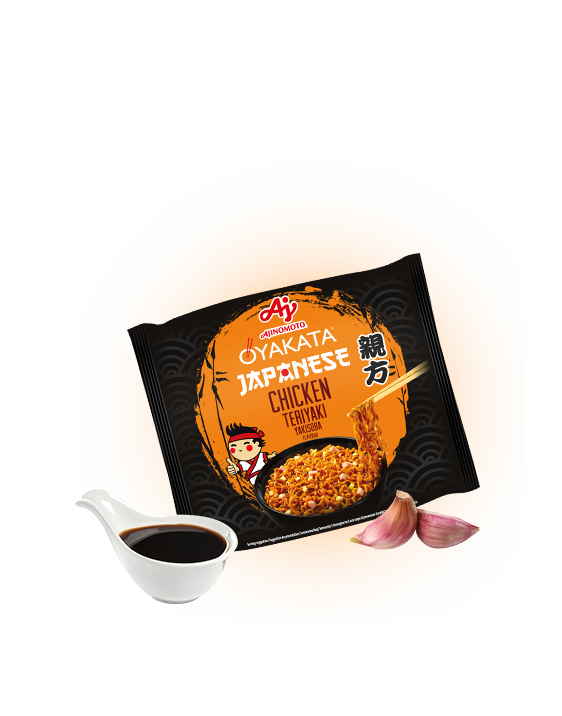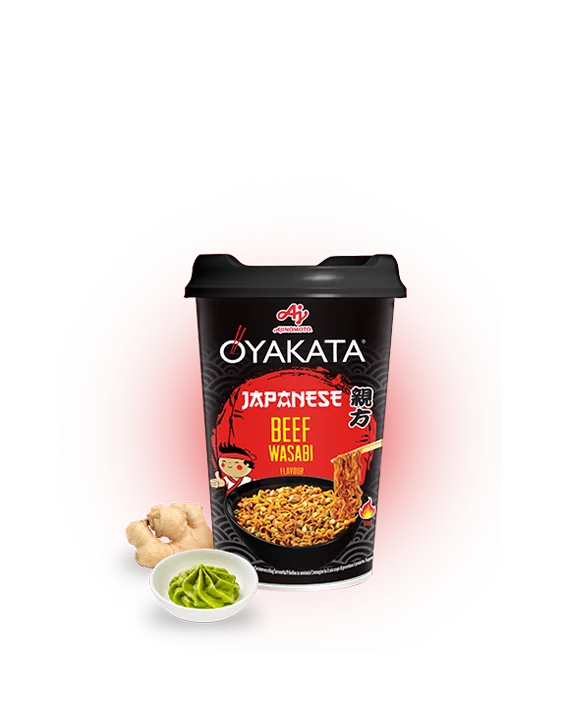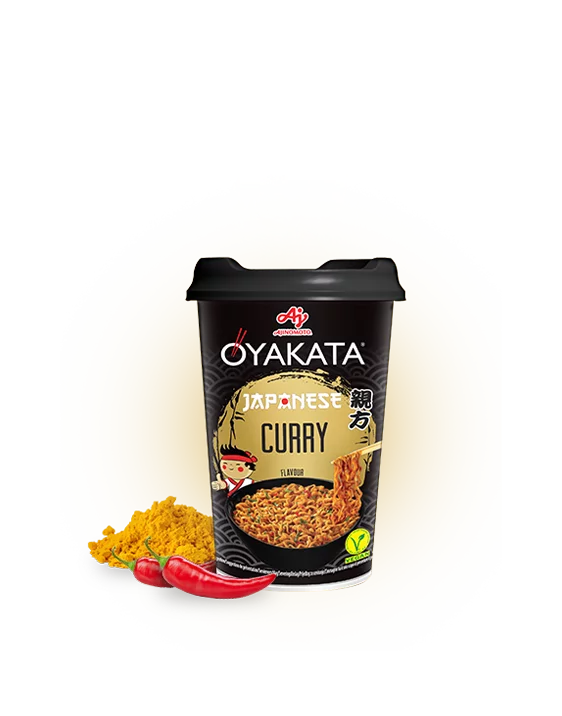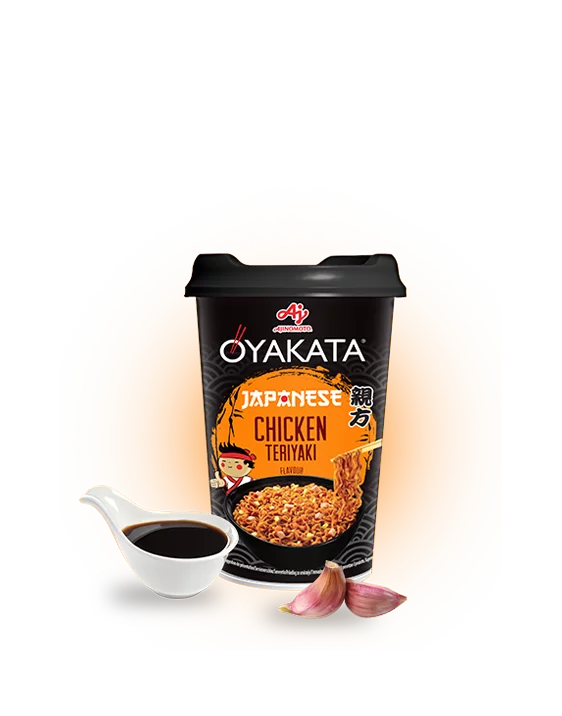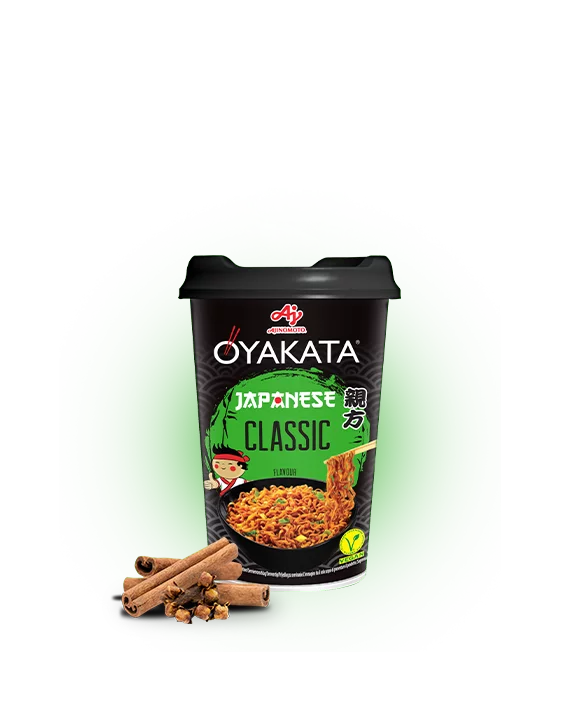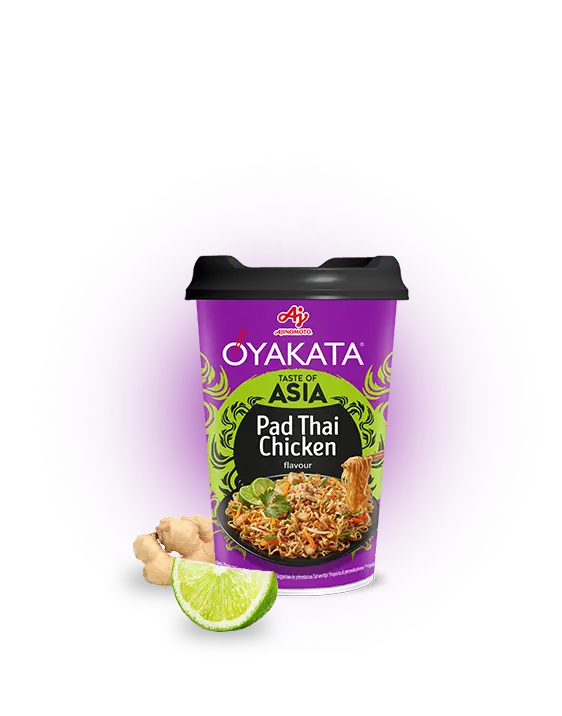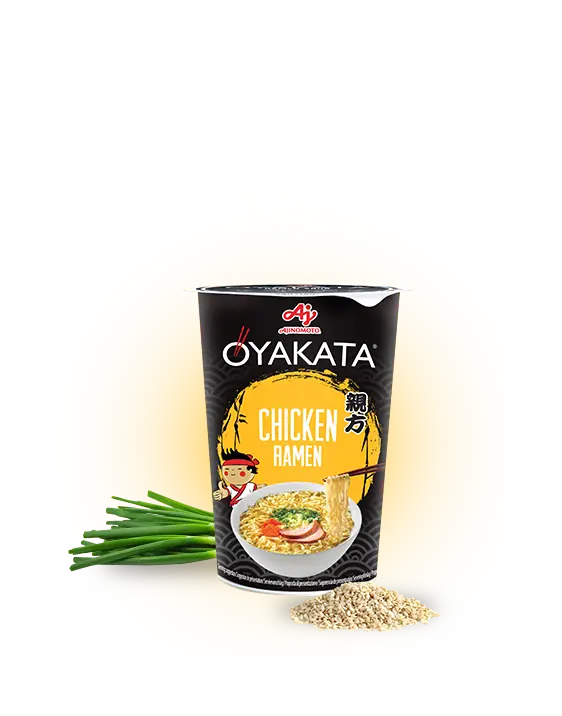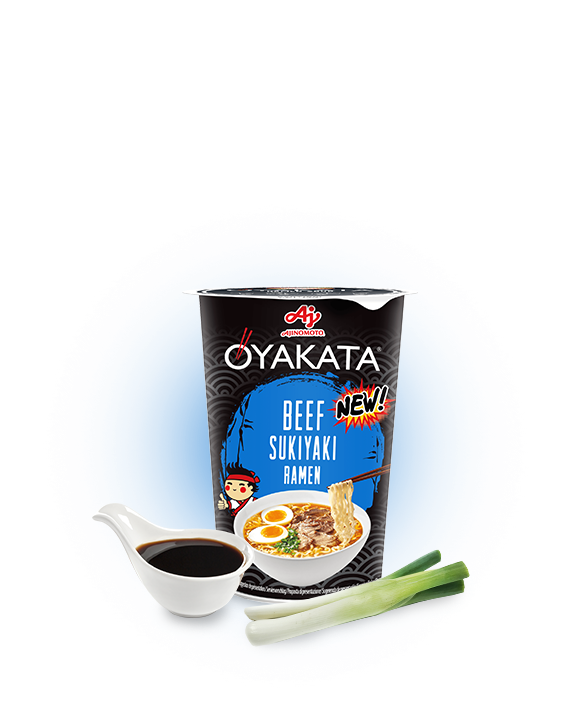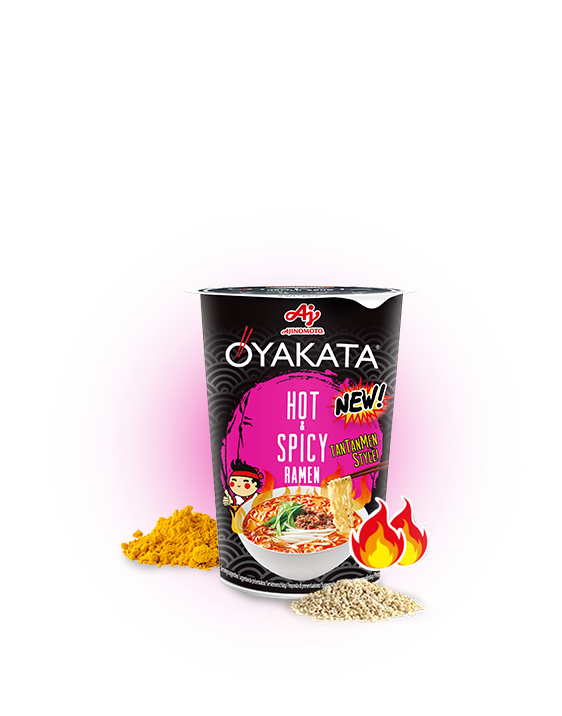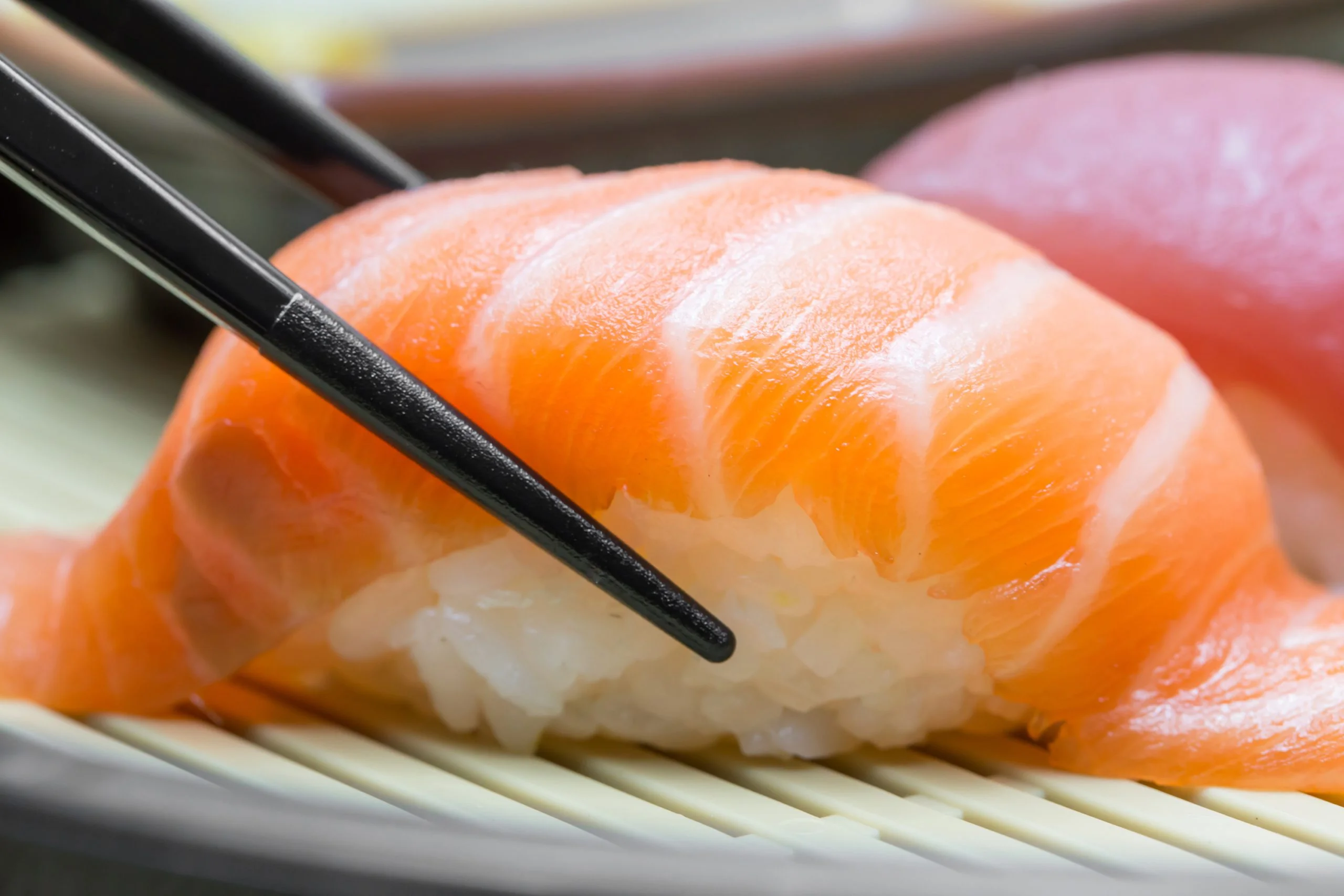

HOW TO USE THE CHOPSTICKS
Japanese chopsticks
Japanese chopsticks (hashi), the East Asian equivalent of cutlery, are two polished sticks of specific length made from wood, bamboo, porcelain, bone, metal or ivory, sometimes also decorated with ornaments. Chopsticks can also be made from precious metals, such as gold or silver. Far more expensive than plastic, bamboo or wooden chopsticks, they are regarded as luxury goods. While chopsticks are popular around the world, it is in Asian cuisine that they are most widely used. They come in two lengths: shorter for eating and cooking, and longer (approx. 30–40 centimetres) for frying or cooking. The most popular chopsticks are for single use only (waribashi) and made from wood or bamboo. They are also joined together and separated by pulling them apart just before the meal to make sure they have not been used. As they conduct no heat, chopsticks guarantee comfortable eating. They are often varnished and decorated. Metal chopsticks have ridges on tops to help grip food, and prevent rice and dishes from slipping. Chopsticks made from wood and bamboo are also varnished to make them waterproof.
How to hold the chopsticks?
“How do I eat sushi with chopsticks?” is a recurring question asked by Europeans visiting Japanese restaurants, who find it difficult even to hold the chopsticks. Using them is very easy, however, and you will learn it in no time if you just follow a few simple rules. Before you start eating your meal, remember about these three things:
- One chopstick, which will not move, should be placed before the index finger and the thumb, and held in place by the ring and middle fingers.
- Place the second chopstick between your thumb and index finger, parallel to the first one.
- Use the upper chopstick to pinch the food against the lower one. Use your thumb and index finger for moving the chopstick.
With these instructions, you should have no problem eating your Japanese meal traditional style.
Chopstick eating technique
Once you know how to hold the chopsticks properly, remember the following fine points. The Japanese pay great attention to the eating technique, including principles of savoir-vivre. If you fail to follow them, this can be viewed as tactless and make yourself look silly. Avoid playing with the chopsticks, waving them around, licking them, sticking them into food (this may look like making an offering to the deceased), pointing them at objects or people and holding them with a closed fist.
